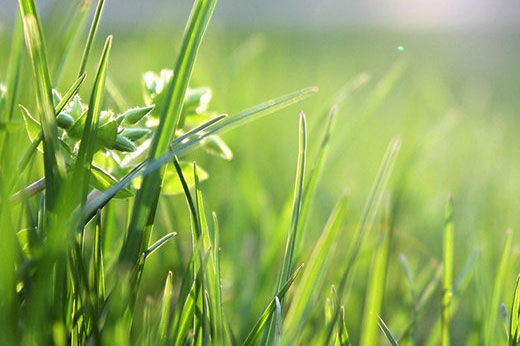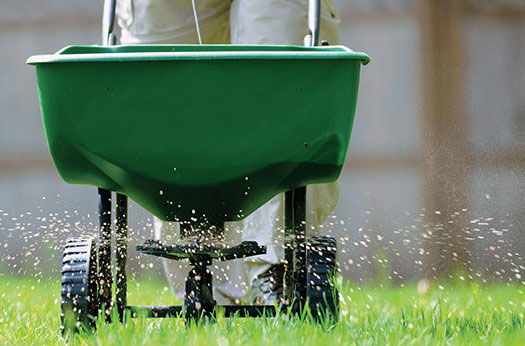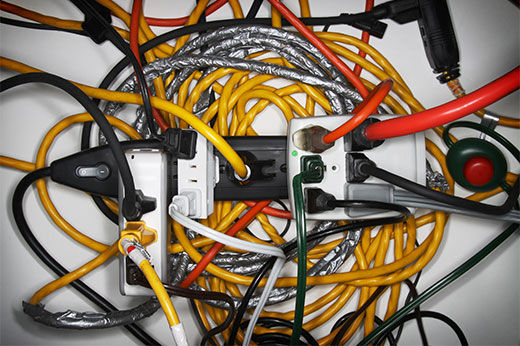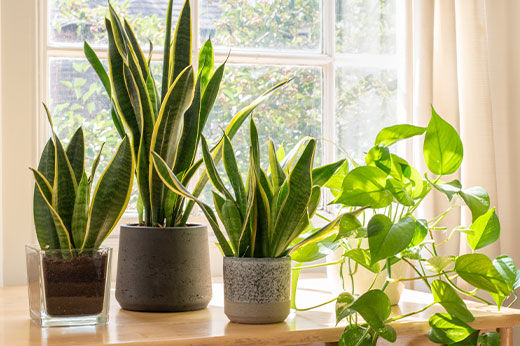While do-it-yourself projects can be fun and fulfilling, there is always a potential for personal injury or property damage. We strongly suggest that any project beyond your abilities be left to licensed professionals such as electricians, plumbers, and carpenters. Any action you take upon the information on this website is strictly at your own risk, and we assume no responsibility or liability for the contents of this article.
Chainsaw Safety
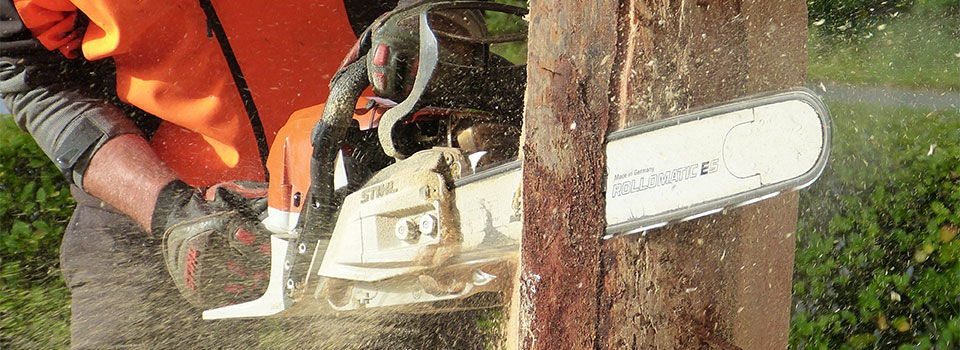
Chainsaws are used to cut back branches, cut down trees, and create a stockpile of firewood along with many other things, but before you go outside and fire it up this year, make sure you do these two essential things. First, tell someone where you'll be working. If you get into an accident, someone will know to find you if they start to worry. Second, always carry a mobile phone. If you get hurt but can reach a phone, you can call for help. These two things could save you or someone you know. These are just the beginning steps to take into consideration when you get out the chainsaw this year, here are other steps to take to keep you safe.
1. Gear Up
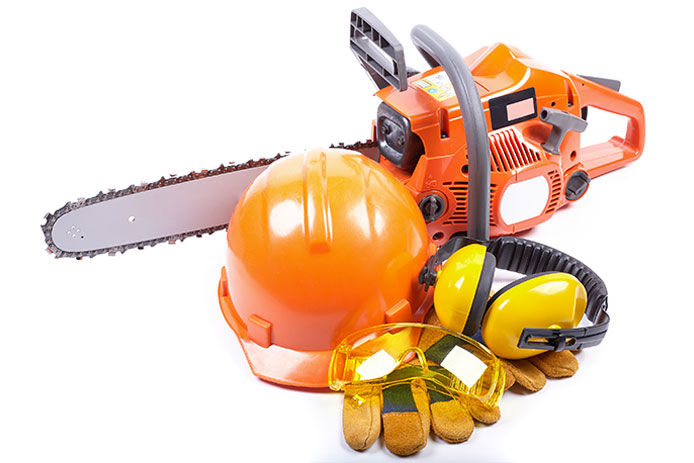
When you're heading out, make sure you have the right gear. To keep your head and face protected, you need a helmet with a visor, earmuffs, and safety glasses. You should also wear protective pants and a forestry jacket with anti-slip boots. This will give you extra padding on your arms and legs, and prevent you from losing your balance. Then top off the look with gloves.
2. Hold Your Stance
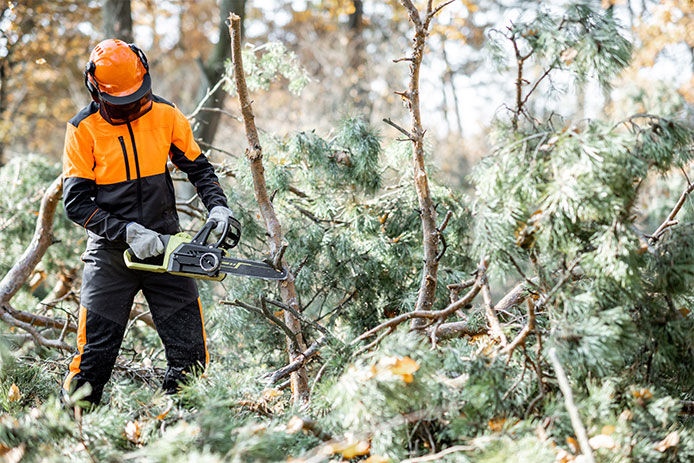
Yes, there is a proper way to stand while using a chainsaw. This stance is commonly known as the "boxer stance." If you don't know what this is and are right-handed, put your left foot slightly in front of your right foot at a 45-degree angle. The right foot should be slightly back for balance, and feet should be shoulder-width apart. If you're left-handed, place your left foot back instead of your right. Lastly, make sure your knees are bent.
3. Eyes on the Saw
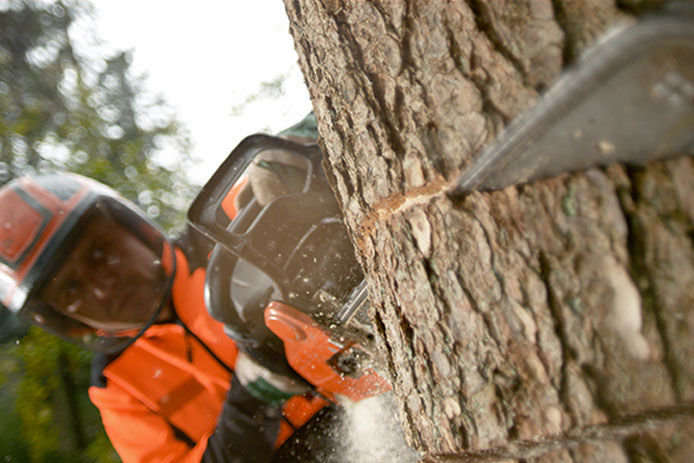
Like in baseball, "keep your eyes on the ball" concept applies to a chainsaw. It only takes a second for that blade to knick a major artery. So it's better to be safe than sorry and keep your eyes on the chainsaw!
4. Plan Your Cut
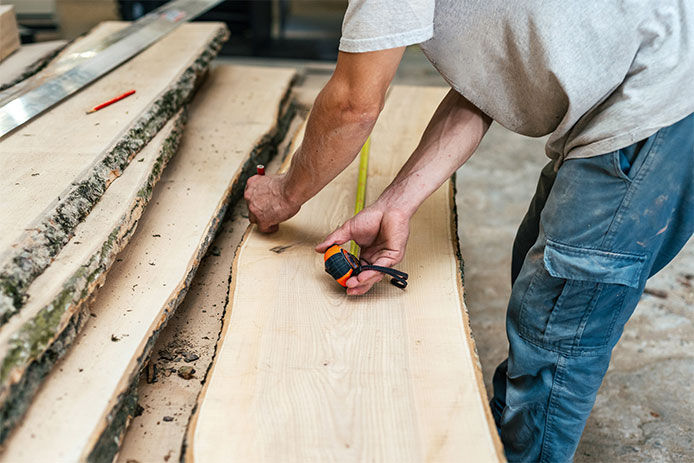
Don't start cutting all willy-nilly. Make sure to plan your cut first. When planning a cut, you need to know where the saw's bar (a chainsaw's blade is also called a bar) is and where it will exit the log or branch — knowing where the saw is going to exit is very important. You don't want to accidentally sweep through the log right into your leg or foot.
5. Don't Be Caught off Guard

Which side of the bar you use will make a difference in which way the saw pulls you. Don't be alarmed when it does start to pull you. If you cut with the bottom of the bar, it will pull you toward the log. If you cut with the top of the bar, you will be pushed away from the log. Just knowing this simple fact will make you aware of what your saw will likely do when you start cutting.
6. Be Prepared for the Kickback
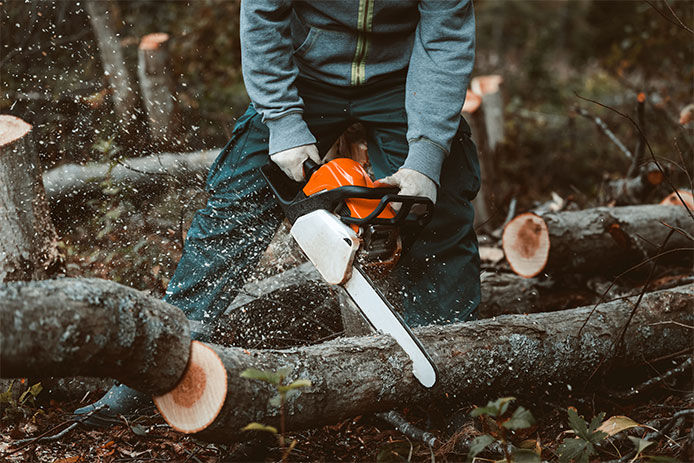
The primary reason people get in chainsaw accidents is because of the kickback. Kickback is when the tip of the bar reverses back quickly when wood pinches the saw chain cut. Equip your saw with a reduce-kickback chain to avoid testing your reflexes.
7. Safely Distance Yourself
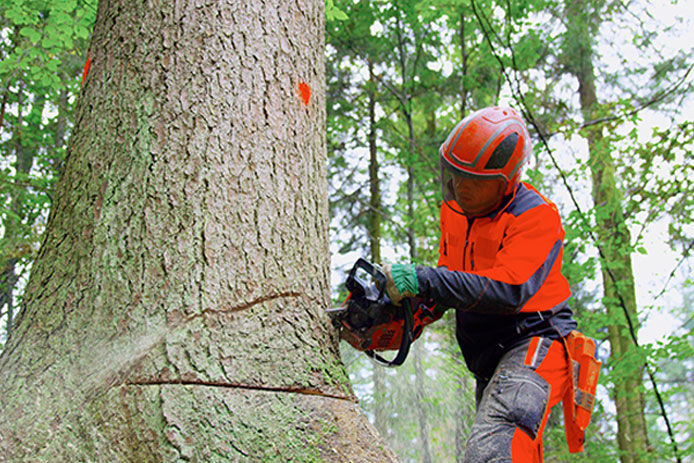
When you plan on working with a chainsaw, no one should be within 10 feet of you. This is especially important when cutting down trees, but also true for trimming back branches.
Now that you're equipped with these safety tips, you can help protect yourself and others, prevent accidents, and stay safe while you're handling a chainsaw!
